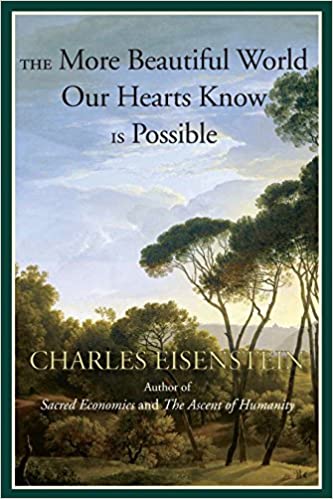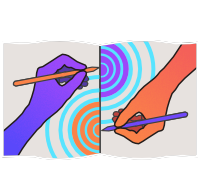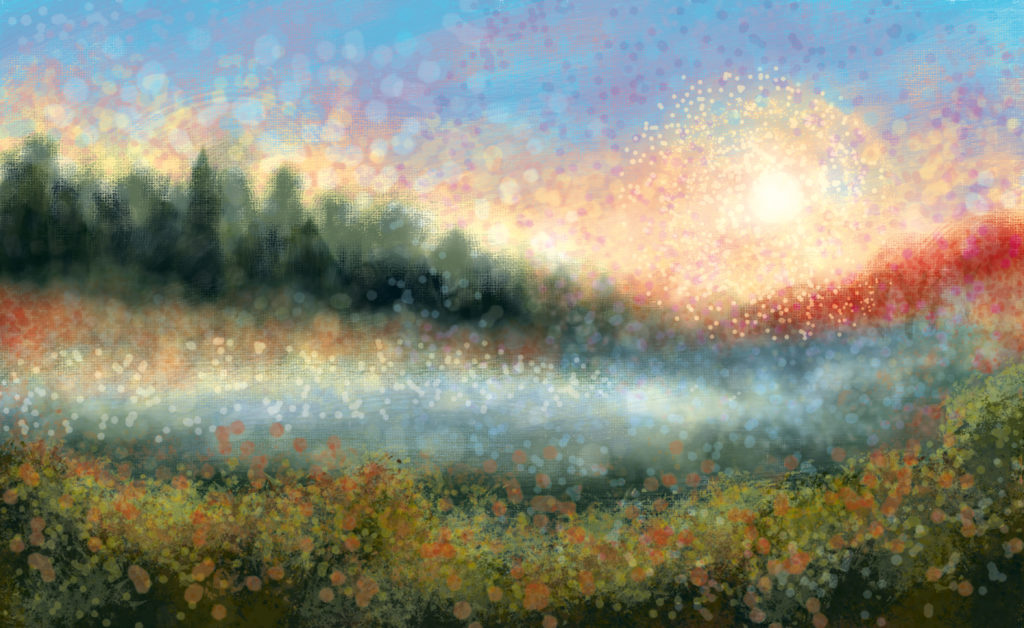The More Beautiful World Our Hearts Know is Possible
hope, influence, the capacity to create change, connection
If you’ve spent your life wanting to “make the world a better place,” you might be feeling discouraged. Given the endless avalanche of negative news, despair is normal. How do we move forward? Charles Eisenstein delivers powerful words of encouragement. The story we tell about our future is a powerful guide. No one person can fix everything, but one person can trigger transformation.
Who is this for?
Those committed to seeing positive change in the world, non-profit organizations, community leaders, community builders, and activists and “changemakers.”
Commentary
For about two years, I worked with a non-profit organization in Florida on a unique project. The Palm Health Foundation began gathering stories from people throughout the community to better understand their challenges and create more effective plans for positive change. They used a tool called SenseMaker, a product of the Cynefin Company, which allowed the people telling their stories to interpret them as well, to share the meaning and context in such a way that researchers (myself included) could begin to hear and share the whole, community story.
I know, I’m using a lot of empty buzzwords, but hear me out. Before working on this project, I was a research director for another non-profit, and my task was to demonstrate that the organization was successfully helping children. In other words, I needed to show that the work they did actually resulted in better lives for kids.
I gathered mountains of data from assessments, surveys, and observations. Some of the data was numerical (or quantitative) and some was descriptive (or qualitative). We had a nice blend of data, and the measurement tools were powerful, but what every person could see happening from day to day–the powerful impact of skilled youth workers on the well-being of children–did not always show up cleanly in the data. Like all data, it could only tell a fraction of the story.
The Cynefin Company, and its founder, Dave Snowden, understood the importance of story. But it goes deeper than this. The Cynefin framework also understood that major changes often happen through story. If you look at the struggles of a community, it’s easy to think that all you need to do is gather good data, get a good grip on the nature of the problem, prescribe a solution, and then implement said solution. More often, however, none of these steps can grapple with the complex, continuously shifting landscape.
As I worked on the project, I began learning more about complexity, how small shifts in one person’s behavior, for instance, can lead to large changes throughout a system.
Where am I going with all this? After writing a report for Palm Health Foundation, I stumbled upon this book by Charles Eisenstein, The More Beautiful World Our Hearts Know is Possible. I could not put it down.
Eisenstein looks at the daunting task of creating major, positive changes throughout the world. Instead of breaking it down into problem and prescription, the usual analysis that ends in a task list for individuals, he takes a different approach. He points to our collective story and its role in perpetuating our global challenges.
Our collective story, the one driving most of us now, is based on the idea that we are all separate individuals who should be able to meet our own needs without the help of anyone else. The ethos of rugged individualism is an understandable reaction to oppression, but it is also an overcorrection. Eisenstein explores how we can shift away from the Story of Separation to the Story of Interbeing. This new story is shaped by an understanding of our interdependence.
Of course, the book is itself a story, and as a narrative, it is deeply inspiring. One person cannot fix all the world’s woes, but one person can inspire change in our stories, and stories have a profound influence on every choice we make.
Having just seen up close and first hand the power of stories to transform communities, Eisenstein’s words really hit home.
The Impact
Do the stories we tell about our lives matter? Hell yes they do! If you want to learn more, I recommend this article from the Harvard Graduate School of Education: The Power of Stories.
Quotes
Here are some lines I highlighted:
“To condemn what we see as selfish, greedy, egoic, or evil behavior and to seek to suppress it by force without addressing the underlying wound is futile: the pain will always find another expression. Herein lies a key realization of interbeing. It says , ‘I would do as you do, if I were you .'”
Page 20 · Location 363 (Kindle version)
“Such arguments are problematic because they affirm the very assumption we need to question, that decisions in general should be made according to economic calculations. They also fail to persuade. Are you an environmentalist because you are moved by all the money we’ll save?”
Page 23 · Location 390
“The logic of control tells us that by shaming the perpetrators we can change them, but actually we only drive them deeper into their story.”
Page 170 · Location 2578
“…unless one has stepped at least partway into the Story of Interbeing, it will not only be impossible to change isolated derivative beliefs, it will also be impossible to create anything but the image of Separation in the world.”
Page 266 · Location 4059
“Many speak of ‘hospicing a dying civilization.’ This book argues that their despair arises from the same source as the crises themselves, and that as we transition into a new Story of the World, things become possible that had seemed miraculous before.”
Page 257 · Location 3933

About the Illustration
Digital art inspired by several vivid dreams.
Note: This is art from the website creator to help fill the blank “walls” of IMPACT illustrated. Please consider submitting your original artwork for inclusion in our gallery sections. All mediums and skill levels are welcome, as long as it’s from the heart.

